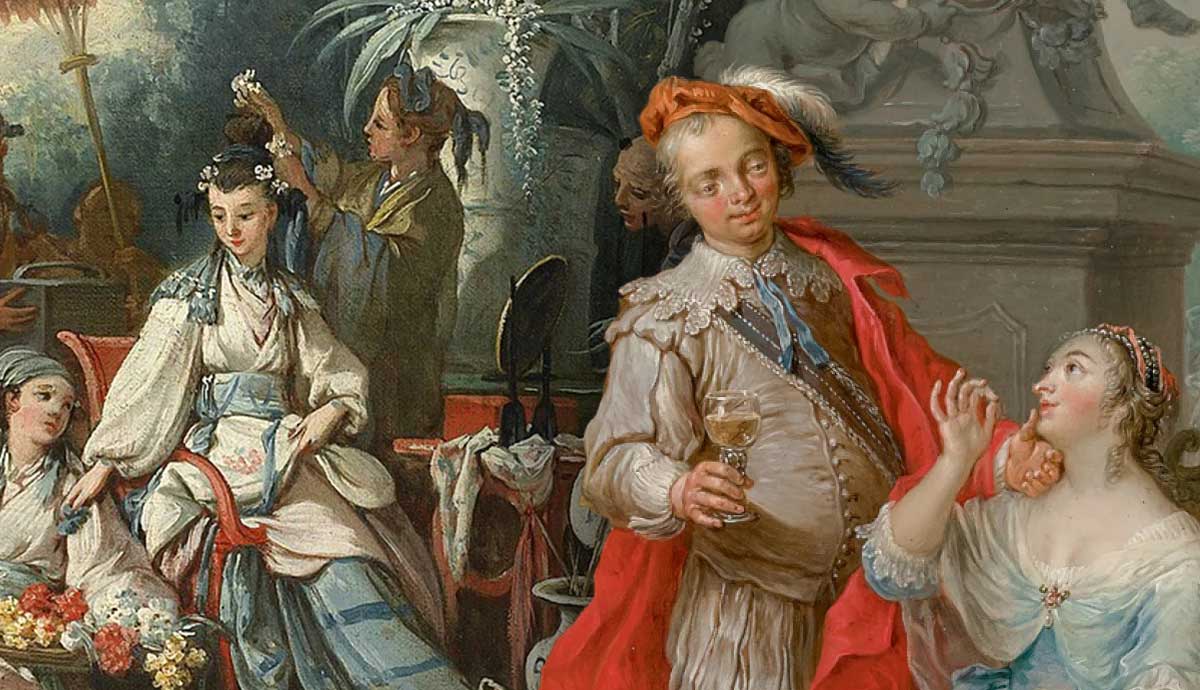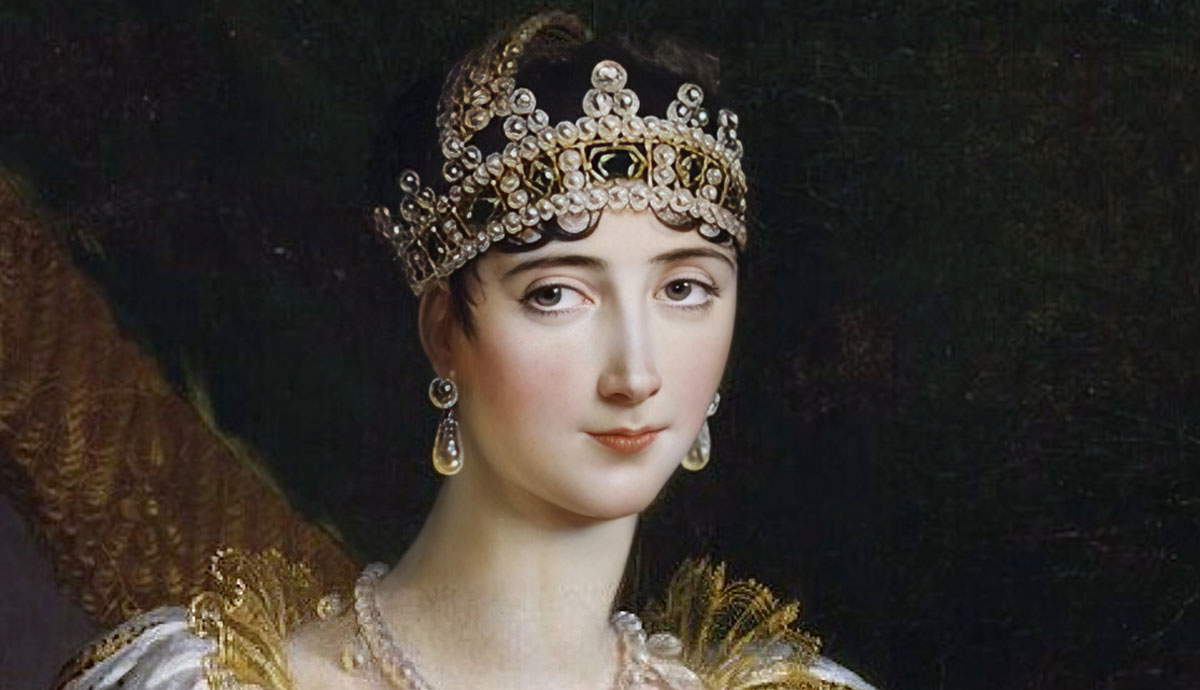
For centuries since their emergence, museums have applied different techniques and methods of displaying their collections, inevitably affecting the perception of works. Just like any human-made projects, museums inevitably show the biases of their creators, often reflecting political and social issues of their time. Read on to learn more about the art of display and the shaping of viewers’ perception—from old cabinets of curiosities to white cube galleries, and from unconscious racial biases to political expressions within museum walls.
The Social and Political Bias of Art on Display

Museums in their present-day concept originated from the Renaissance-era Cabinets of Curiosities—collections of strange artifacts (not necessarily artworks) accumulated by wealthy, educated men through their travels and studies of the natural world. Back then, conducting experiments and scientific studies, as well as practicing poetry writing and music, was deemed necessary to be considered of a high status. Cabinets of curiosities had no uniform order or structure, and most frequently consisted of shelves and cabinets filled with stones, coins, organic specimens, paintings, and other unsystematized objects. Such an eclectic display of curiosities worked well to surprise and entertain, but left no opportunity to connect objects to each other or shape any kind of progression or narrative.
These first museums belonged to the top of the privileged class and reflected their opportunities, their biases, and their worldview. The concept of racial and cultural superiority, so typical of the Western colonial era, was reflected in the choice of objects, the treatment of Indigenous artworks, and the display of “exotic” animal species.
The Paris Salon: Artistic Environment or Chaos?

Gradually, piles of strange objects began to transform into curated collections. When it came to art, painting and sculpture by Western artists soon moved to another domain of collecting. The first public museums that emerged in the 18th century had their artworks and artifacts divided into thematic groups. Paintings and drawings were usually hung up close to each other in several rows, with little to no space between them. Such an approach transformed spaces into complex, art-filled environments but diminished the chances for many artworks and artists to be appreciated. Dim lateral light and tall ceilings made it impossible for small and subtly colored works to stand out in contrast to large-scale portrayals of battle scenes or official portraits.

The famous Paris Salon, the most prestigious art event in the West in the 18th and 19th centuries, was the perfect illustration of the norms and traditions of museum display and perception of its time. The annual show included up to 5,000 paintings, and even a small painting accepted to the Salon could transform an artist’s career for good. However, the display of such works had little in common with present-day experience at the Venice Biennale or any other similar show. The paintings were hung close to one another, crowded and arranged in rows up to the high ceiling.

Such a way of displaying provoked countless arguments between artists over more favorable spots. Getting your painting hung in a top right corner for no one to see was almost as offensive as not being accepted to the Salon at all. Some artists began searching for special visual and marketing techniques that would make their works stand out from the rest.
The most famous case of such manipulation was related to the famous Neoclassical painter Jacques-Louis David. Although the Salon only accepted square-shaped canvases, David deliberately made his famous painting The Oath of the Horatii rectangular. To avoid being rejected, he first exhibited it in Rome, where it became an instant success. Rumors of the marvelous painting soon reached Paris, and the Salon committee had no choice but to accept it without inspecting the work. The painting arrived late, attracting even more attention and ruining the entire layout of the show. Due to its unusual proportions, The Oath of the Horatii drew all the attention, completely overshadowing the other works. Salon’s main issue, in the eyes of young and progressive artists, was its deep reliance on strict academic standards, hierarchies, and biases. Both evaluation criteria and the rules of display seemed boring, uninspiring, and useless.
Can a White Cube Bring an End to Hierarchies?

The transformations of forms and expectations of art made the old methods of display obsolete. In the 20th century, as art rapidly departed further and further from the visible physical world, museums and galleries had to transform as well. While artists experimented with abstract art, progressive gallerists and curators like Hilla von Rebay and Peggy Guggenheim began to apply new techniques of display. They tried hanging paintings closer to the floor so the viewers could examine them while seated, or they enhanced the impression by adding music, incense, or colored walls.

However, the most famous and influential display type that emerged in the early decades of the 20th century was the White Cube. A typical White Cube gallery is a square, all-white space, with light coming from the ceiling. In contrast to museums with their gilded frames and collectors’ eclectic living rooms, the white cube presented a space free of extra connotations and impressions. It was particularly useful for abstract and minimalist art that required contemplation and emotional response.

However, today, many use the White Cube notion as a derogatory term that relates to the artificially inflated art market and overpriced, pretentious artworks. Indeed, what started as a way of clearing the visual palette and letting art speak for itself turned into an industry standard. Already in the 1970s, some art critics expressed their concerns about the concept. Art critic Brian O’Doherty wrote that the sterile white space turned objects on display into sacred artifacts, thus switching off any opportunity for discussion, evaluation, or doubt. The White Cube presents objects with unquestionable certainty, suppressing any form of public opinion with the authority of a gallerist or a curator.
The Art of Display & Politics: Shaping Perception by Building Context

Apart from arranging and hanging the works, museums have the power to build contexts around them that transform perception and sometimes lead the viewers to see what the curators want them to see. Imagine a space filled with the most original and progressive works of early Expressionist and abstract art made by artists who are now considered icons. An average museumgoer would expect that the space that is dedicated to such art has a goal of exploring and dissecting the phenomena of such art rather than articulating some kind of judgment. Museums, they say, are places for discussion and education and not propaganda. The reality could not be further from the truth. In 1937, the exhibition known as Degenerate “Art” (with art deliberately written in quotes) traveled through Germany with the only goal of denouncing the art that the Nazi authorities deemed to be destructive.

Adolf Ziegler, the show curator and one of Adolf Hitler’s favorite painters, grouped the works by Klee, Kirchner, Nolde, Kandinsky, and many others in accordance with their supposed vices. One room was dedicated to the works that offended Christianity, and another to the works insulting German womanhood. The major part of the show was dedicated to racial issues, illustrating the supposed degeneracy of Jews and Africans. The tone of the Degenerate “Art” show was set not by the objects on display but by the way of their representation. The work of curators, designers, and writers involved in the project created context and filled in the gaps between the visual elements of the show. The viewers laughed and backed away in horror, demonstrating the reaction Ziegler aimed for.
After the fall of the Third Reich, museum curators made several attempts to partially reconstruct the infamous show. Their goal was not to repeat the message sent by the Nazi authorities, but to deconstruct it, showing how political propaganda manipulates perception. This case, more than any other in museum history, demonstrated the importance of curatorial work and the hidden power of shaping narratives and opinions through exhibitions.










